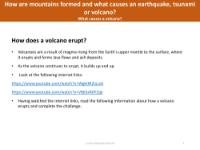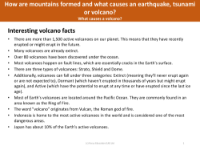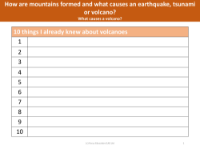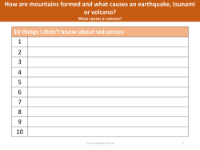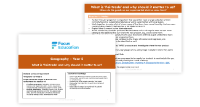How are people affected by volcanoes? - Worksheet
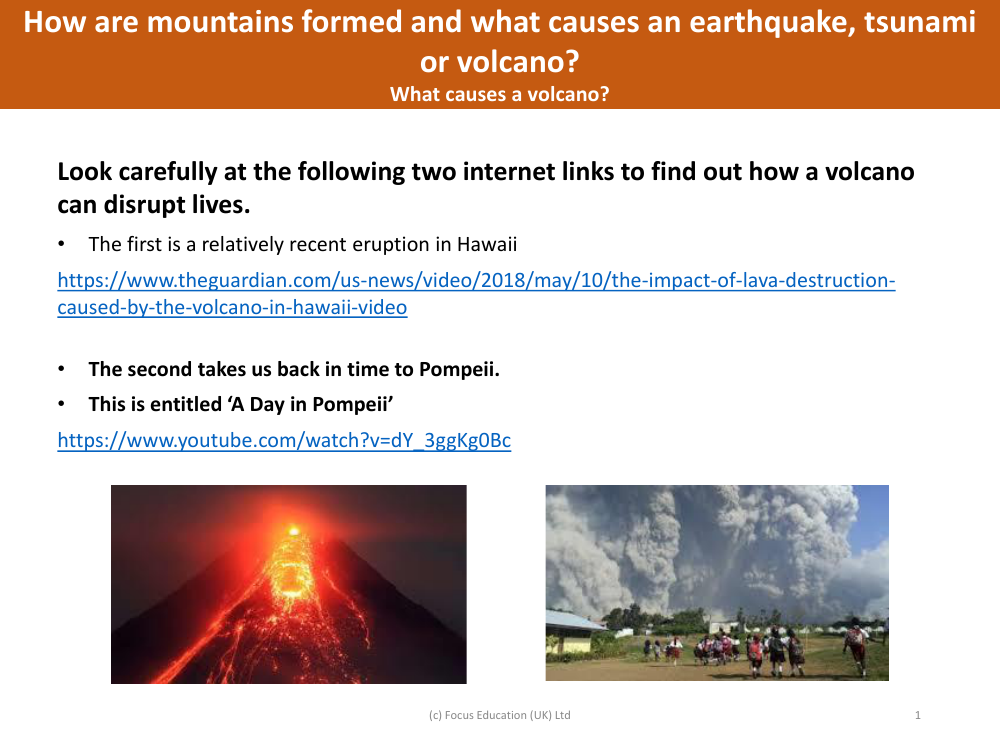
Geography Resource Description
The impact of volcanic eruptions on human lives can be profound and multifaceted. An exploration of recent and historical events, such as the eruption in Hawaii and the ancient disaster at Pompeii, reveals the various ways in which volcanoes can disrupt and endanger communities. Modern eruptions can lead to the destruction of homes and landscapes due to the flow of lava, as witnessed in Hawaii, where molten rock engulfed roads and properties, causing widespread devastation and displacement of residents. On the other hand, the eruption at Pompeii in antiquity serves as a stark reminder of the potential for catastrophic loss of life, with entire populations being buried under ash and pyroclastic flows, preserving a moment in history in a tragic time capsule.
Understanding the formation of mountains and the causes behind natural disasters such as earthquakes, tsunamis, and volcanoes is crucial in comprehending their effects on people. Mountains are typically formed through tectonic forces or volcanism, which also play a role in seismic and volcanic activity. Volcanoes, specifically, occur when there is a rupture in the Earth's crust, allowing magma, ash, and gases to escape from below the surface. This can lead to not only immediate dangers from lava and ash clouds but also long-term consequences such as changes in climate and agriculture. By studying these geological phenomena, we can better appreciate the risks and develop strategies for mitigating their impacts on human societies.


